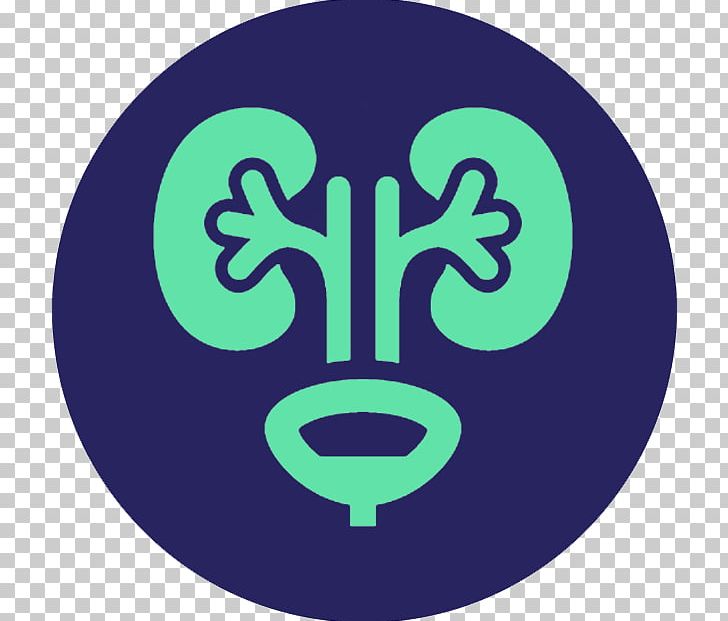Pee Problems? Unraveling the Secrets of Urology
Urology holds the key to understanding and addressing a wide range of urinary tract and reproductive system concerns. From the moment we first learn to use the bathroom as children to the complex challenges we may face in later years, urology plays a crucial role in our overall health and well-being. By unraveling the secrets of this specialized medical field, we can gain a deeper understanding of urinary function, the intricacies of the urinary system, and how modern medicine can help us overcome pee problems that may arise.
The field of urology encompasses the diagnosis and treatment of various conditions, encompassing not only the urinary tract but also the reproductive system. Urologists undergo extensive training to become experts in addressing concerns related to the kidneys, bladder, urethra, prostate, and other associated structures. Whether it’s a bothersome urinary infection, a kidney stone causing excruciating pain, or more complex issues like prostate cancer or infertility, urologists are at the forefront of finding solutions to alleviate discomfort and improve quality of life. Over the following paragraphs, we will explore the scope of urology in more detail, shedding light on the secrets that lie behind common pee problems and how urology can offer hope and healing.
Common Urological Conditions
Urology is a medical specialty that focuses on the diagnosis and treatment of conditions related to the urinary tract and male reproductive system. This field deals with a wide range of common urological conditions that affect people of all ages. In this section, we will explore some of the most frequently encountered urological conditions and their impact on patients.

-
Urinary Tract Infections (UTIs): UTIs are one of the most prevalent urological conditions, especially among women. They occur when bacteria enter the urinary tract, causing symptoms such as frequent urination, a burning sensation during urination, and cloudy urine. Infections can affect different parts of the urinary tract, including the bladder and kidneys. Prompt diagnosis and treatment with antibiotics are crucial to prevent the infection from spreading and causing more severe complications.
-
Kidney Stones: Another common urological condition is the formation of kidney stones. These hard mineral and salt deposits can develop within the kidneys and can be quite painful when they pass through the urinary tract. Symptoms of kidney stones include severe abdominal or back pain, blood in urine, and urinary frequency. Treatment options range from conservative measures to surgical intervention, depending on the size and location of the stones.
-
Benign Prostatic Hyperplasia (BPH): BPH is a non-cancerous enlargement of the prostate gland, which commonly affects older men. This condition can lead to lower urinary tract symptoms such as increased frequency of urination, weak urine flow, and difficulty emptying the bladder completely. Treatment options for BPH include medications to manage symptoms or surgical procedures to remove or reduce the size of the prostate.
These are just a few examples of the common urological conditions that urologists encounter in their practice. It is important to remember that early diagnosis, timely intervention, and regular check-ups with a urologist can help ensure optimal urological health and improve overall well-being.
Diagnostic Techniques in Urology
In the field of urology, accurate diagnosis is crucial for providing effective treatment plans. Various diagnostic techniques are employed to assess and evaluate urological conditions, allowing healthcare professionals to identify the root cause of issues related to the urinary system. These techniques enable precise diagnosis and help urologists determine the most appropriate course of action for their patients.
One of the primary diagnostic techniques used in urology is medical imaging. This non-invasive method provides detailed visualizations of the urinary tract and reproductive system, aiding in the identification of abnormalities or blockages. Imaging techniques such as ultrasounds, computed tomography (CT) scans, and magnetic resonance imaging (MRI) scans allow urologists to examine the kidneys, bladder, prostate, and other relevant organs, providing valuable insights into any potential issues.
Laboratory tests also play a vital role in urological diagnosis. By analyzing urine samples, urologists can detect the presence of urinary tract infections, kidney stones, or other abnormalities. Additionally, blood tests are utilized to assess kidney function, hormone levels, and other markers that could indicate urological disorders. These tests are essential in providing a comprehensive understanding of a patient’s urological health.
Endoscopic procedures are another diagnostic technique commonly employed in urology. These minimally invasive procedures involve inserting a narrow tube with a camera, called an endoscope, into the urinary tract or reproductive system. This allows urologists to visualize the interior structures and identify any abnormalities directly. Endoscopic techniques, such as cystoscopy and ureteroscopy, enable urologists to diagnose conditions such as bladder tumors, urethral strictures, or kidney stones accurately.
By utilizing a combination of medical imaging, laboratory tests, and endoscopic procedures, urologists can employ a comprehensive diagnostic approach to unravel the secrets of urology. These techniques enable accurate identification of urological conditions, facilitating the development of patient-specific treatment plans and ensuring positive outcomes for those seeking urological care.
Treatment Options in Urology
-
Medications: Many urological conditions can be effectively treated with medications. Urologists may prescribe antibiotics to treat urinary tract infections, alpha-blockers to alleviate the symptoms of an enlarged prostate, or hormonal therapy for certain types of prostate cancer. Medications can also help manage bladder dysfunction, erectile dysfunction, and other urological issues.
-
Minimally Invasive Procedures: Urologists utilize various minimally invasive procedures to treat urological conditions. One such procedure is Transurethral Resection of the Prostate (TURP), which is commonly performed to alleviate symptoms of an enlarged prostate. Another minimally invasive technique is Extracorporeal Shock Wave Lithotripsy (ESWL), used to break down kidney stones into smaller fragments for easier elimination. These procedures typically offer faster recovery times and reduced post-operative complications.
- Urologist In Amman
Surgical Interventions: In some cases, surgical interventions may be necessary to address urological conditions. Urologists perform surgeries such as prostatectomies to remove the prostate gland in cases of prostate cancer, nephrectomies to remove a kidney affected by tumors or severe damage, and bladder reconstructions to correct structural abnormalities. Surgical interventions aim to improve urological health and may be performed through open surgery or minimally invasive techniques, depending on the specific case.
Remember, treatment options in urology are determined based on individual patient needs and the specific urological condition being addressed. It is important to consult with a qualified urologist to determine the most suitable treatment plan for your specific situation.


